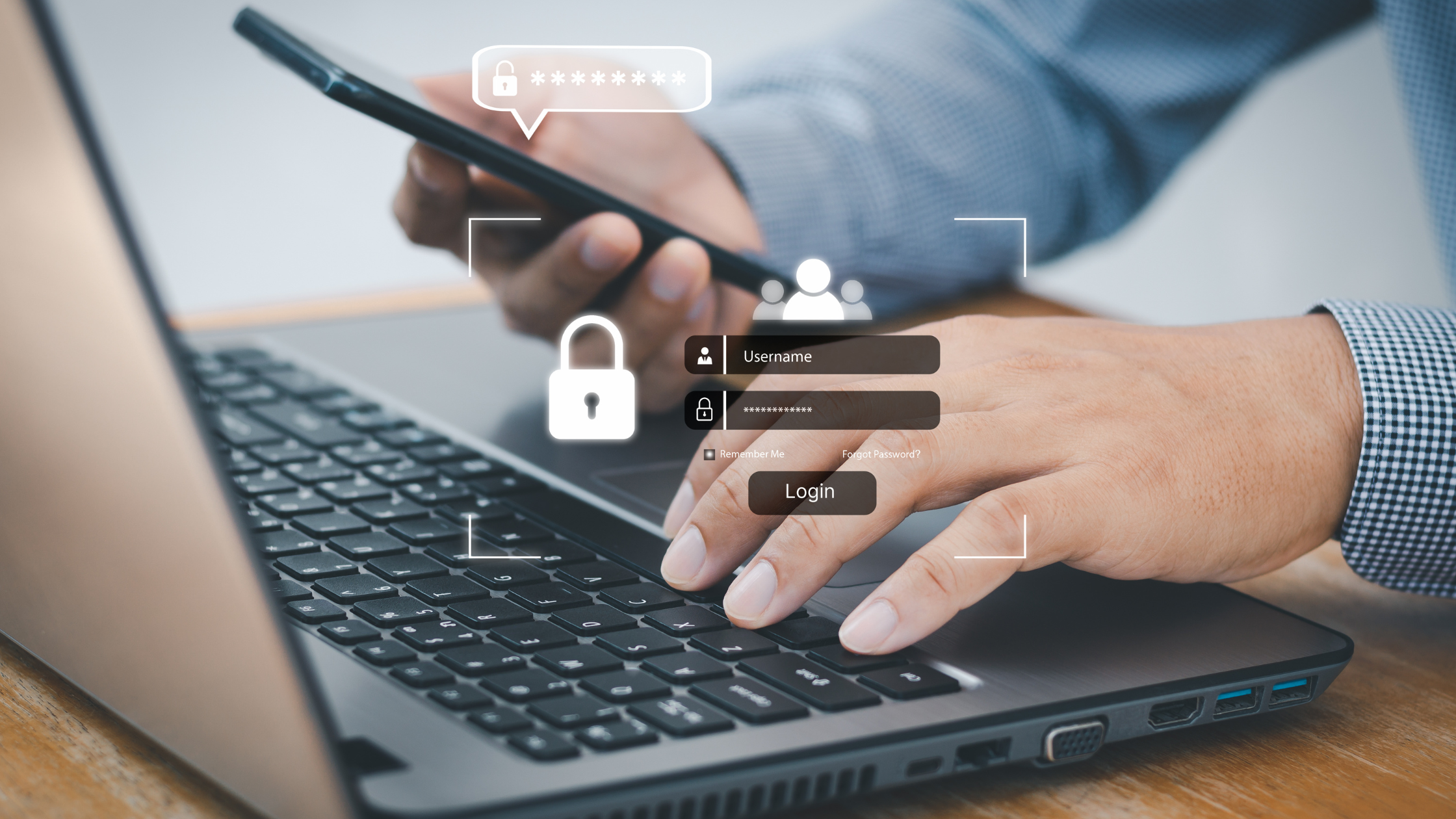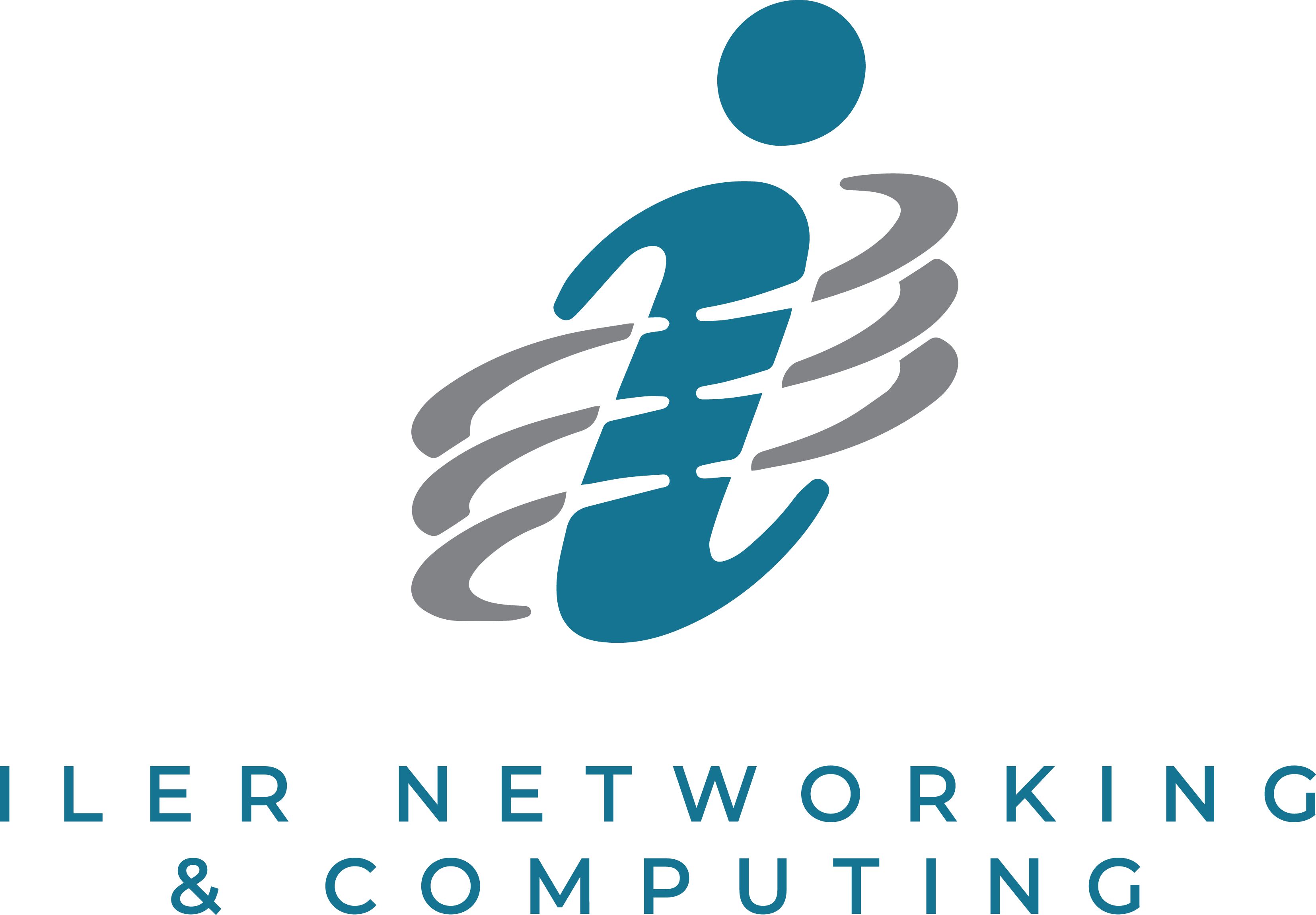There are many benefits digital transformation has brought to businesses like yours, such as easier inventory management and order processing. However, it does make organizations more vulnerable to cyberattacks and data breaches. A breach occurring anywhere in your supply chain could have severe repercussions for your business. So, how can you protect your business from these threats?
Deploying security solutions within your organization is a good start, but it isn’t enough. Supply chains have grown vast and complex, making it virtually impossible to pinpoint failure points or totally eliminate risks.
It’s time to stop thinking of cybersecurity and data protection as merely an IT issue within your organization. It’s a problem encompassing people, processes and knowledge/awareness that affects your entire supply chain. As a result, your preventive and corrective measures should consider risks throughout your supply chain.
Make supply chain security a part of governance
Addressing supply chain risks on an ad hoc basis will only create ambiguity and chaos. Instead, make it a part of your security activities and policies. This way, employees will know how to coordinate with third-party organizations and what kind of security activities are necessary.
Supply chain cybersecurity strategy best practices include:
- Defining who is responsible for holding vendors and suppliers accountable
- Creating a security checklist for vendor and supplier selection
- Specifying how to evaluate and monitor suppliers’ cybersecurity practices and how often
- Setting up a mechanism for measuring performance and progress
Take compliance seriously
Organizations must comply with various regulations to avoid weak links in their supply chain. For example, the defense industrial base must comply with the Cybersecurity Maturity Model Certification (CMMC). There are many other compliance regulations, such as GDPR, HIPAA and PCI DSS, for different industries and focus areas.
Organizations usually have to undergo detailed assessments, produce different reports and documentation, and implement best practices to prove and maintain compliance. By making compliance with these regulations mandatory for your vendors, you can ensure your organization meets all the requirements.
Complying with applicable laws is crucial. It will not only improve your cybersecurity and data protection but also ensure that everyone on your team follows the same standards. These regulations are often updated, so it’s necessary to keep up with the latest industry standards.
Deploy comprehensive and layered security systems
It’s nearly impossible to predict threats when you have multiple third-party vendors. There are too many possible attack vectors. That’s why comprehensive, layered security is essential.
Layered security is a more holistic approach that protects each layer of your IT infrastructure with a different solution or method. So, even if one solution fails, you have others in place to fill the void.
Layered security, of course, is only as good as the people who maintain it. That is why your employees must be trained and tested on a regular basis. They need to be able to identify potential threats and take appropriate action.
Adopt and enforce international IT and data security standards
Because modern supply chains are so interconnected, you have to interact and collaborate with your vendors. This means vast amounts of data are exchanged, including sensitive customer information such as medical records, Personal Identifiable Information and financial data. Such data must be stored securely (with continuous monitoring and real-time alerting) and only have regulated access.
But how do you guarantee this? By adopting and enforcing international IT and data security standards such as GDPR and HIPAA. These standards ensure organizations keep track of the sensitive data they acquire, are able to produce thorough documentation when challenged, and have implemented adequate measures to secure data. Besides that, when selecting a software-as-a-service (SaaS) vendor, you should find out if they are SOC 2 or ISO27001 compliant. This indicates that the vendor is securing information as per industry standards.
The best way forward
With supply chains becoming smarter and more interconnected, now is the time to identify and secure weak links in your supply chain. This requires a lot of dedicated time and effort, so don’t worry if you don’t have the time or resources to do this on your own. An IT service provider like us can help.
We can help deploy layered security and secure your data while maintaining compliance with regulations. Feel free to reach out to us for a consultation.






